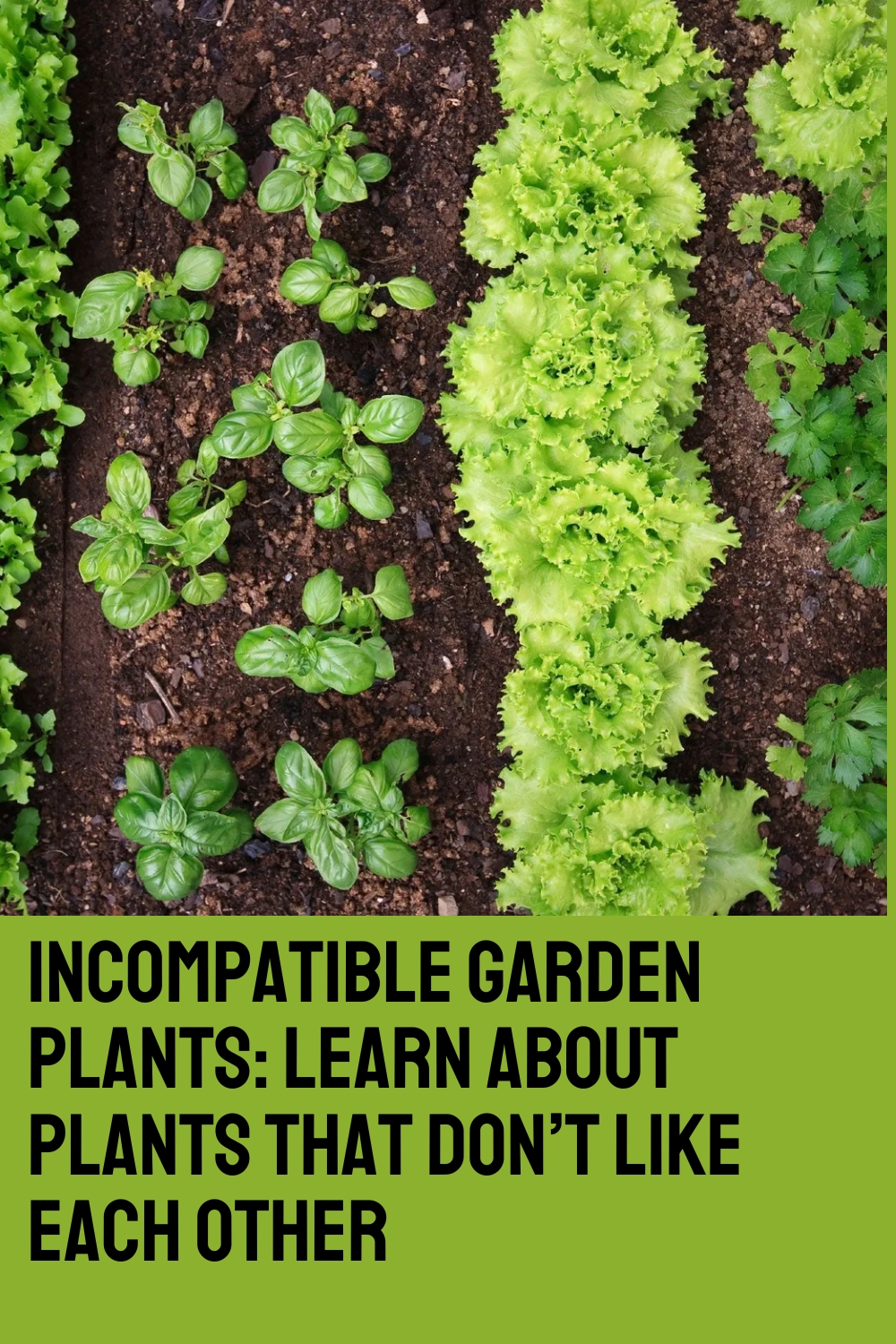Gardeners do all they can to keep their plants happy and healthy, but sometimes, certain plants just don’t go well together. This incompatibility can be due to different environmental needs, direct competition for resources, or one plant attracting insects that harm the other. Determining which plants are incompatible can be a process of trial and error, as soil types also influence plant relationships.
Incompatible Garden Plants
There are a few basic rules of thumb when it comes to avoiding plant incompatibility:
- Size and Light Requirements: Ensure your garden plants are about the same size and have similar light requirements. For example, planting tall plants like tomatoes next to bush beans is a bad idea since the tomatoes will likely shade out the beans.
- Spacing: When planting taller and shorter plants together, make sure the shorter plants are spaced far enough away and oriented so they receive sunlight throughout the day. Many gardeners solve this problem by placing the shortest plants in their own row on the garden’s edge or using them as a border planting.
- Water and Nutrient Needs: Plants with high water needs should not be planted near those that prefer dry conditions. The same goes for fertilizer needs. It’s best to group plants with similar nutritional and water requirements together. If they are fiercely competitive, space them extra wide and ensure there’s enough fertilizer and water for both types.
-
Allelopathic Plants: Some plants are allelopathic, meaning they can chemically impede the growth of nearby plants. These are often weeds, but some landscape and crop plants also exhibit allelopathic behavior. Plant scientists are studying these interactions to develop better weed control methods for farms and gardens.
By following these guidelines, you can create a more harmonious garden and ensure your plants thrive together.

